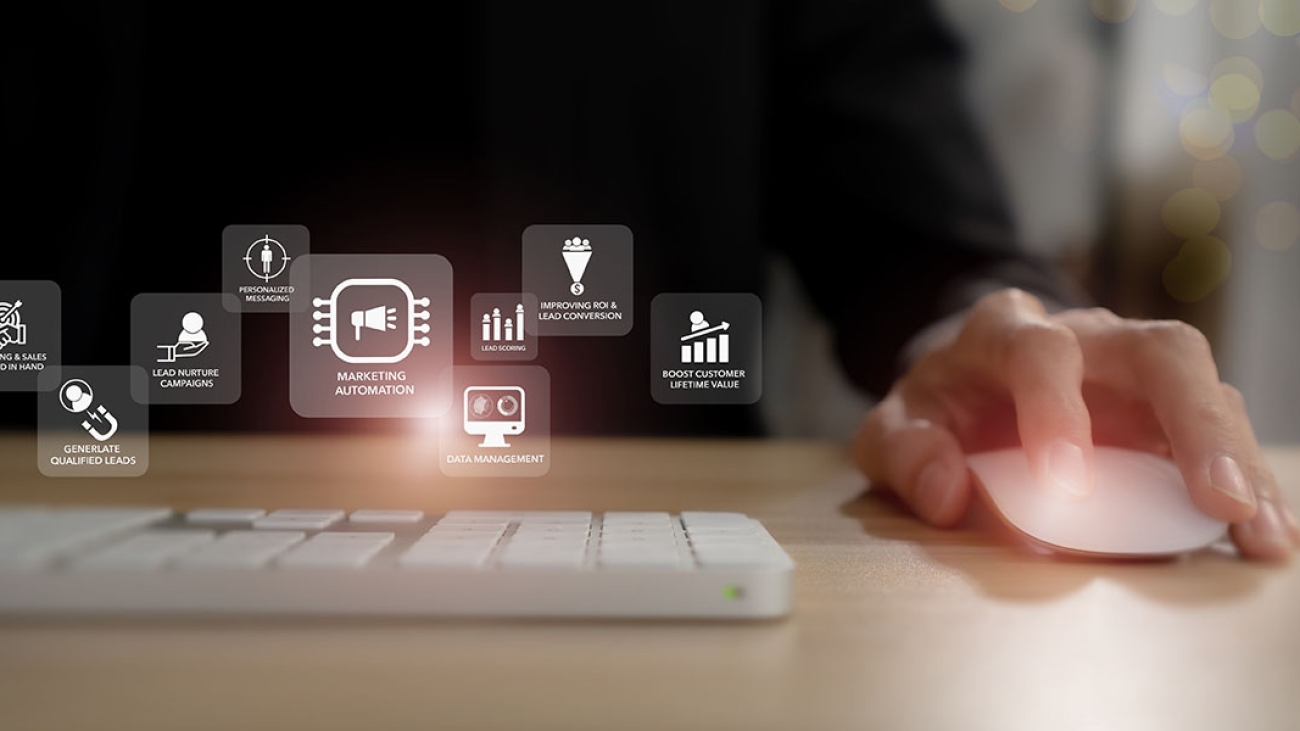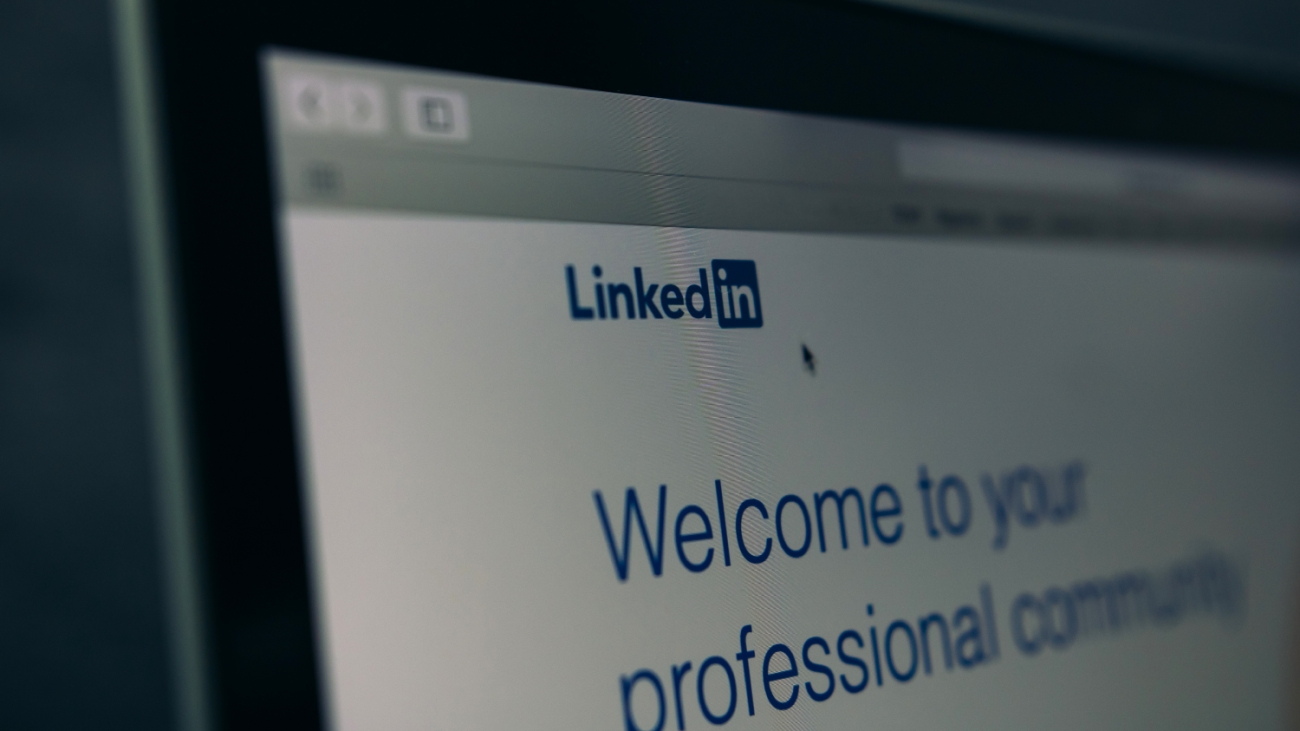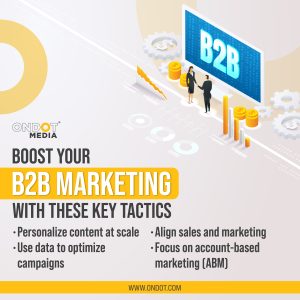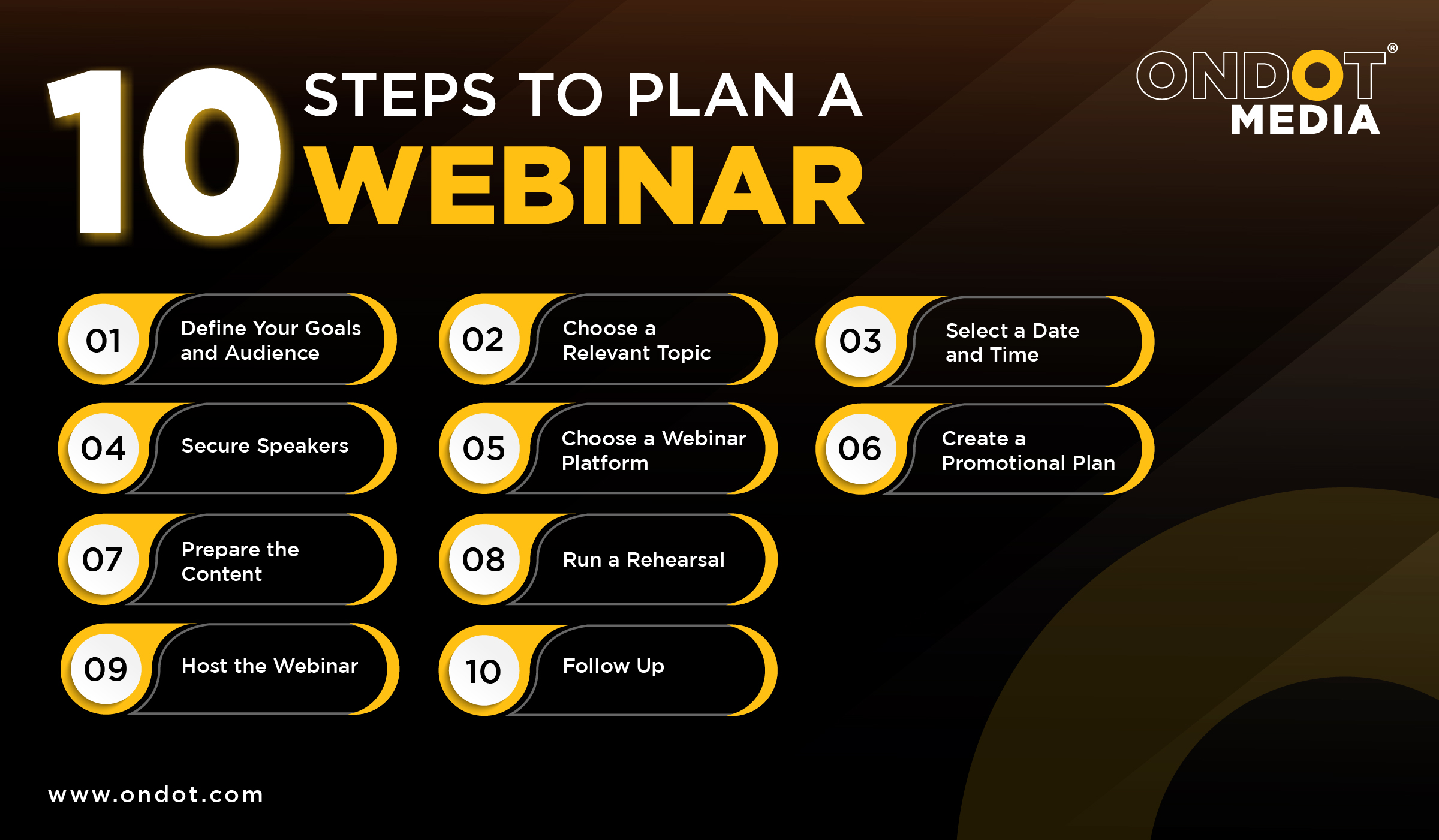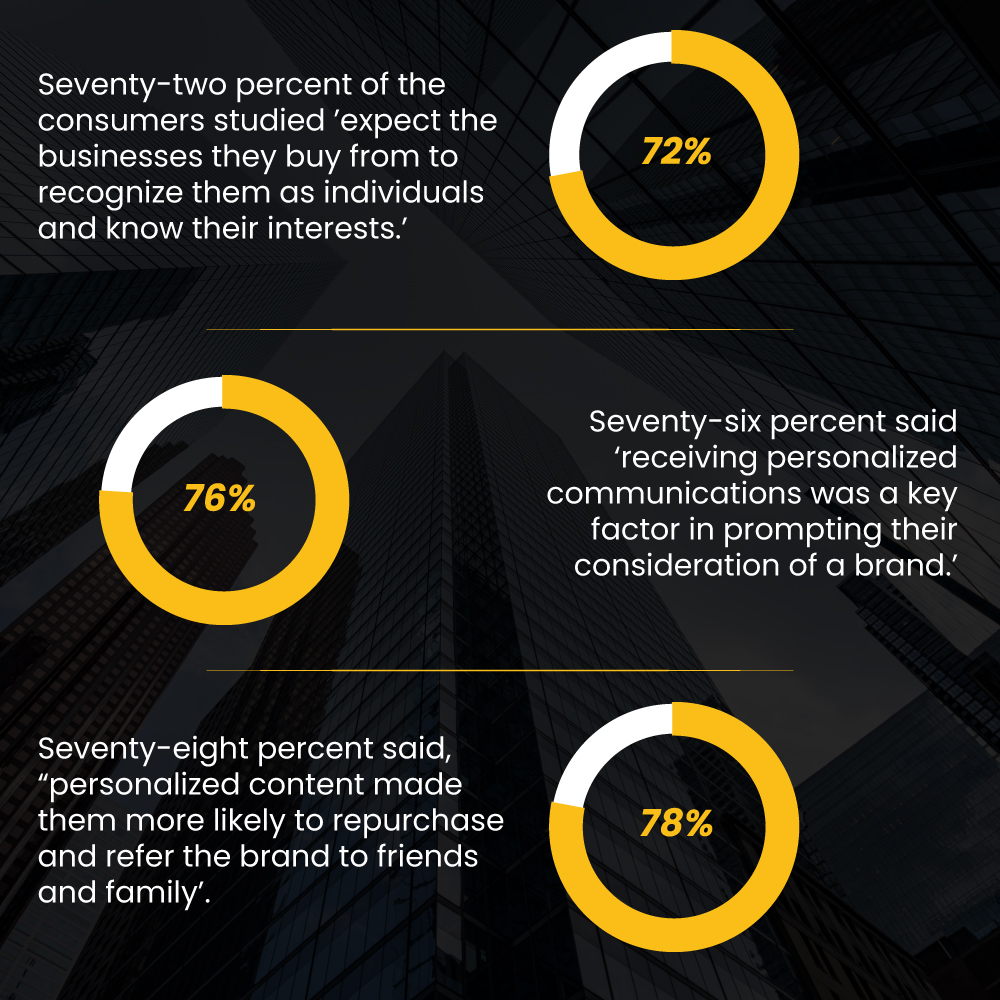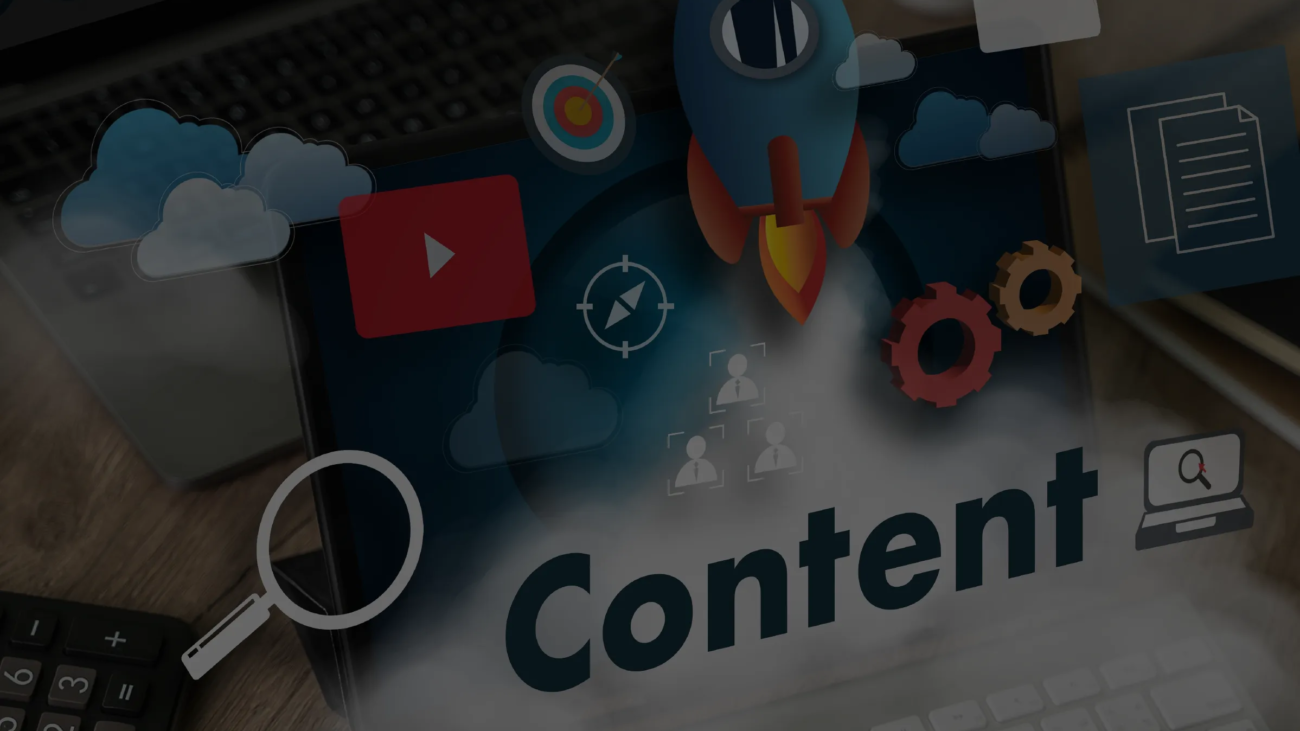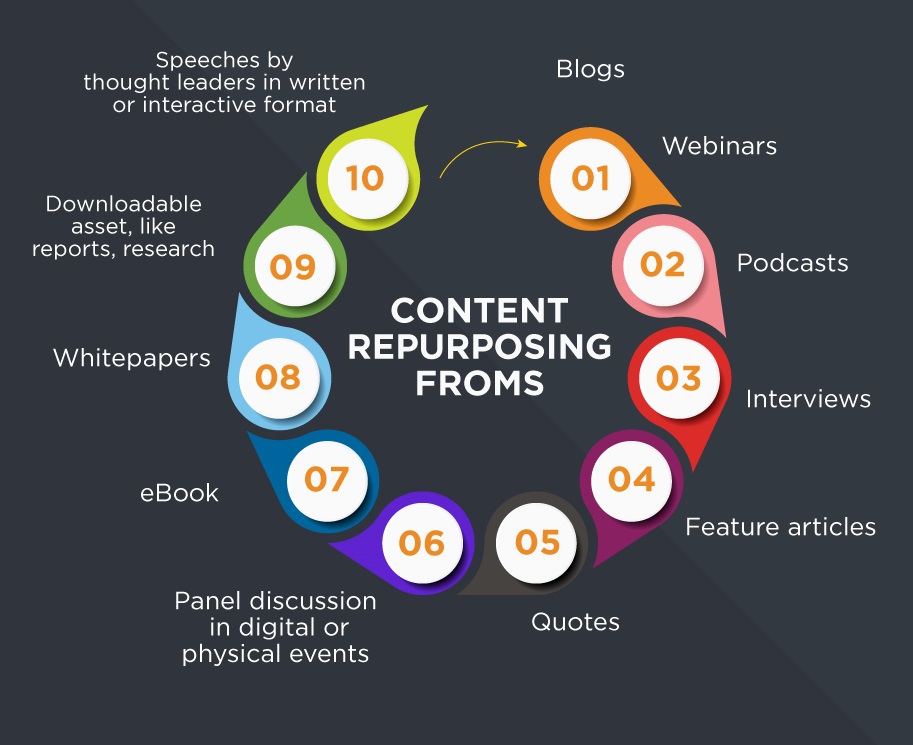Marketing automation technologies have emerged as pivotal tools in the rapidly evolving landscape of B2B marketing. They enable organizations to enhance efficiency, drive engagement, and ultimately, achieve better results. As we look toward the future, it’s essential to explore the latest advancements in B2B marketing automation technologies and their implications for B2B marketers.
This blog will delve into key trends and innovations shaping the future of B2B marketing automation. It will highlight how these developments can transform marketing strategies and drive success.
Integration of Artificial Intelligence and Machine Learning
One of the most significant advancements in marketing automation is the integration of Artificial Intelligence (AI) and Machine Learning (ML). These technologies are revolutionizing how B2B marketers analyze data, personalize content, and automate processes. AI-powered tools can analyze vast amounts of customer data to identify patterns, predict behavior, and optimize marketing strategies.
For instance, predictive analytics enables marketers to anticipate customer needs and create personalized campaigns. Once they identify the leads that are more likely to convert, marketers can allocate resources more efficiently. This will result in higher conversion rates and reduced customer acquisition costs. Furthermore, as they analyze more data, machine learning algorithms continuously improve. In this manner, they ensure marketing strategies evolve as consumer behaviors change.
Enhanced Personalization
Personalization has long been a cornerstone of effective B2B marketing. Marketing automation technologies are making it easier than ever to deliver tailored experiences. Advanced segmentation capabilities allow marketers to categorize audiences based on various factors. These will include behavior, preferences, and demographics. This segmentation enables the creation of highly targeted campaigns that resonate with specific audience segments.
Future B2B marketing automation platforms will likely incorporate more sophisticated personalization features, such as dynamic content generation. This capability allows marketers to create personalized emails, landing pages, and advertisements that adapt in real-time based on user interactions. For example, if a lead engages with specific content, the automation system can adjust subsequent communications to reflect that interest, thereby increasing the likelihood of conversion.
Better Support for Account-Based Marketing (ABM)
Account-Based Marketing (ABM) is gaining traction among B2B marketers as a strategic approach that focuses on high-value accounts rather than a broad audience. Marketing automation technologies play a crucial role in executing ABM strategies effectively. With the ability to track and analyze engagement at the account level, marketers can tailor their messaging and outreach efforts to align with the specific needs and pain points of target accounts.
Future advancements in marketing automation will likely enhance ABM capabilities by providing deeper insights into account activity and engagement. This data-driven approach allows marketers to create customized campaigns that address the unique challenges faced by key accounts, fostering stronger relationships and increasing the chances of successful conversions.
Omnichannel Marketing Automation
As B2B buyers interact with brands across various channels, the importance of an omnichannel marketing approach cannot be overstated. Future marketing automation technologies will focus on creating seamless experiences across multiple touchpoints, ensuring consistent messaging and engagement.
By integrating various communication channels—such as email, social media, webinars, and content marketing—marketers can create cohesive campaigns that guide prospects through the buyer’s journey. Automation platforms will enable marketers to manage and coordinate these channels efficiently. These platforms ensure that these leads receive relevant information at the right time, regardless of where they are in the sales funnel.
Enhanced Analytics and Reporting
Data-driven decision-making is crucial for effective B2B marketing. Advancements in analytics and reporting tools are making it easier for marketers to measure the success of their campaigns. Future marketing automation platforms will likely offer more robust analytics capabilities. They help to deliver insights into campaign performance, customer behavior, and ROI.
With advanced reporting features, marketers can track key performance indicators (KPIs) in real-time and make informed adjustments to their strategies. This agility enables marketers to optimize campaigns on the fly, improving overall effectiveness and ensuring that resources are allocated to the most impactful initiatives.
Increased Focus on Customer Experience
In today’s competitive landscape, providing an exceptional customer experience is critical for B2B marketers. Marketing automation technologies are evolving to support this focus on customer experience by facilitating personalized communication and streamlined interactions.
Automation platforms will likely incorporate features that enhance customer engagement, such as chatbots and AI-driven support systems, going forward. These tools can provide instant assistance, answer questions, and guide prospects through the buying process, ultimately improving satisfaction and loyalty.
Moreover, by leveraging data from previous interactions, automation systems can anticipate customer needs and deliver relevant content and recommendations. This proactive approach helps B2B marketers nurture leads and build long-lasting relationships with clients.
Conclusion
The future of B2B marketing automation is bright, with numerous advancements on the horizon that promise to reshape the marketing landscape. As AI and machine learning technologies continue to evolve, marketers will have access to deeper insights and more powerful tools for personalization, account-based marketing, and omnichannel engagement. By embracing these innovations, B2B marketers can enhance their strategies, improve customer experiences, and drive sustainable growth.

